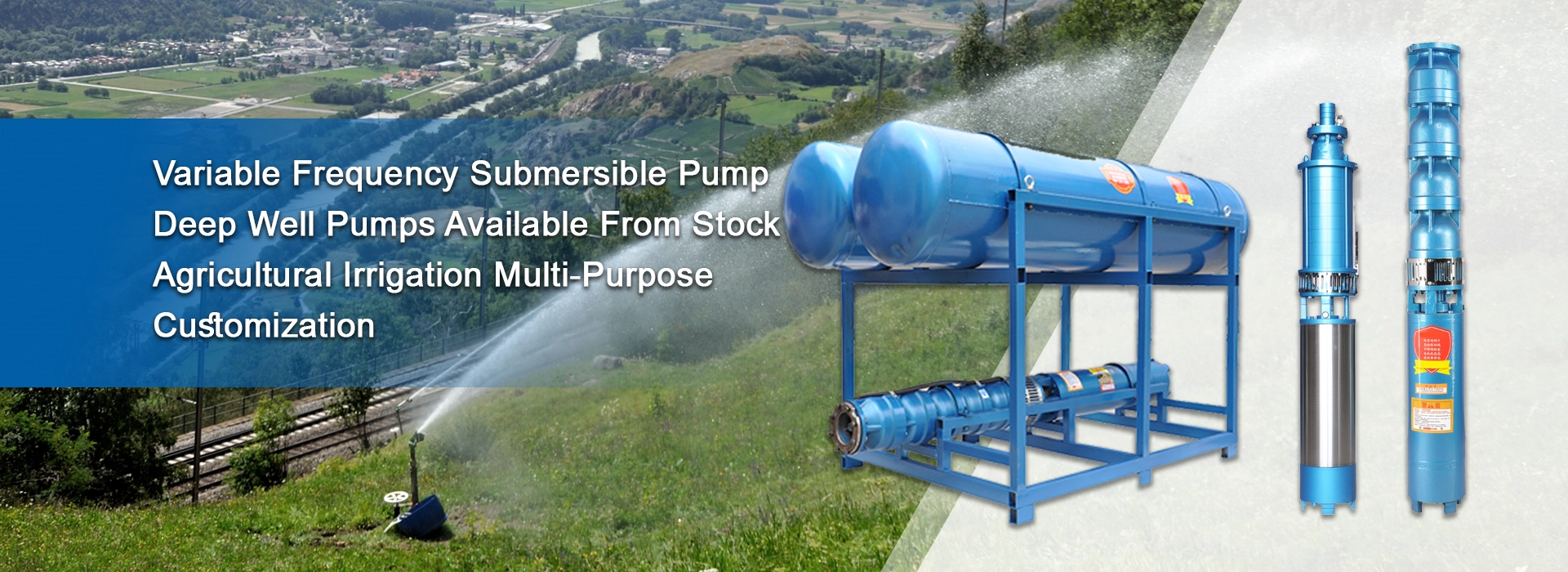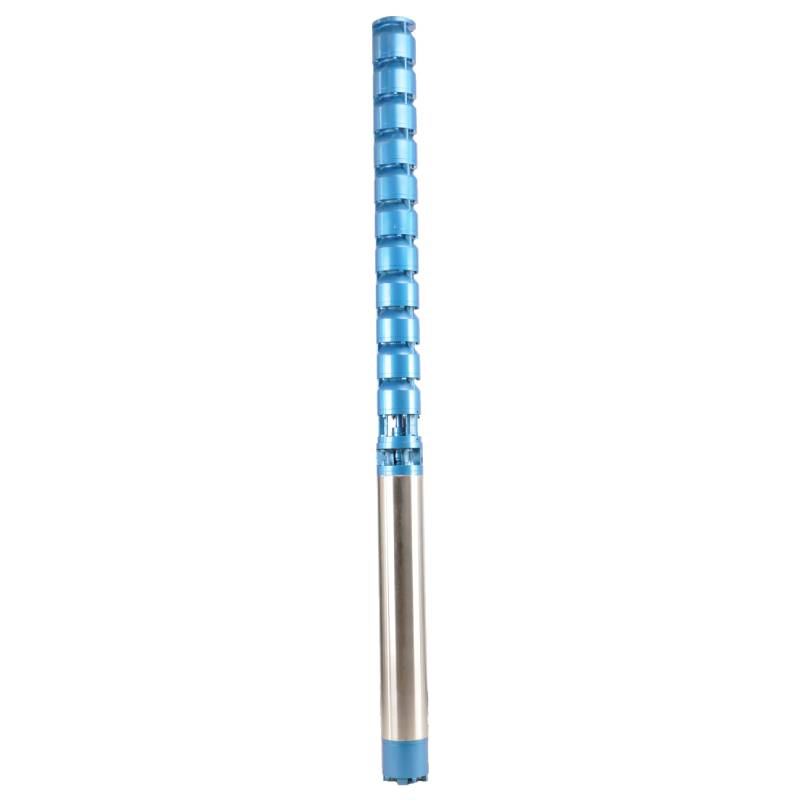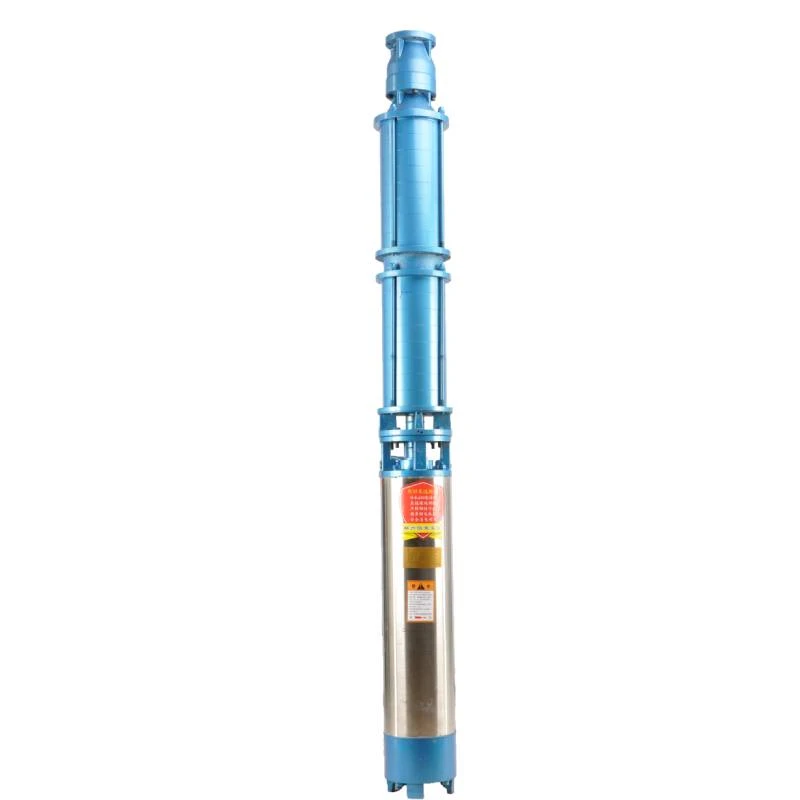Sep . 21, 2024 19:21 Back to list
deep well submersible pump
Understanding Deep Well Submersible Pumps
Deep well submersible pumps are essential components in various industries, especially in water extraction and irrigation applications. These pumps are designed to operate underwater, making them highly effective for deep well applications where water needs to be efficiently lifted to the surface. This article delves into the mechanics, applications, advantages, and considerations of deep well submersible pumps.
At the core of a deep well submersible pump is its unique construction. Unlike surface pumps, which draw water up using suction, submersible pumps are placed directly in the well. The motor is sealed within the pump casing, allowing it to operate while submerged in water. This design prevents issues related to suction lift and ensures a continuous supply of water. Typically, these pumps consist of multiple stages of impellers, which allow for a significant lift and flow rate. This multi-stage design is what makes them particularly suited for deep wells where water levels can vary significantly.
Deep well submersible pumps have a wide range of applications, from agricultural irrigation to municipal water supply systems. In agriculture, they are often used for drawing groundwater for irrigation, ensuring that crops receive adequate hydration, even in arid conditions. Municipalities rely on these pumps to supply clean drinking water to residents, particularly in areas where surface water sources are not readily available. Additionally, industrial applications include water transfer in construction sites, mining operations, and various manufacturing processes.
deep well submersible pump

One of the primary advantages of submersible pumps is their efficiency. Since they are placed underwater, they require less energy to push water to the surface compared to surface pumps that depend on atmospheric pressure for water intake. This efficiency translates into lower operational costs over time, making them an economical choice for long-term water management solutions. Furthermore, their design reduces the risk of cavitation, which can damage pumps and decrease their lifespan.
However, while deep well submersible pumps are highly efficient, there are several considerations to keep in mind when selecting and installing these systems. The depth of the well is a crucial factor; choosing a pump that is rated for the specific depth and flow requirements is essential to ensure optimal performance. Additionally, the type of well and the characteristics of the water being pumped—such as its temperature and chemical composition—can also affect the pump's durability. Regular maintenance is vital, as submersible pumps can occasionally encounter issues related to debris, corrosion, or motor failure.
In conclusion, deep well submersible pumps play a pivotal role in water extraction across various sectors. Their efficiency, robust design, and adaptability to various conditions make them a preferred choice for deep groundwater applications. As the demand for sustainable water management solutions continues to grow, understanding the intricacies of these pumps will be essential for users looking to implement effective and economical water supply systems. With proper selection, installation, and maintenance, deep well submersible pumps can provide reliable service for years, ensuring that both agricultural and municipal water needs are met effectively.
-
Deep Well Pump Installation Guide: Reliable Submersible Pumps
NewsAug.29,2025
-
125QJR Deep Well Submersible Pump - High Performance & Reliable Water Supply
NewsAug.28,2025
-
Water Filled Submersible Pump
NewsAug.26,2025
-
The Ultimate Solution for Clean
NewsAug.26,2025
-
SS Submersible Pump
NewsAug.26,2025
-
Reliable Water Extraction from Great Depths
NewsAug.26,2025
-
 Deep Well Pump Installation Guide: Reliable Submersible PumpsGet expert deep well pump installation for reliable, consistent water. Our durable submersible well water pumps are ideal for homes & farms. View our installation diagram & solutions.Detail
Deep Well Pump Installation Guide: Reliable Submersible PumpsGet expert deep well pump installation for reliable, consistent water. Our durable submersible well water pumps are ideal for homes & farms. View our installation diagram & solutions.Detail -
 125QJR Deep Well Submersible Pump - High Performance & Reliable Water SupplyGet reliable, high-performance water with the 125QJR Deep Well Submersible Pump. Ideal for irrigation, agriculture, and industrial deep well applications. Experience efficient, continuous water supply. Shop now!Detail
125QJR Deep Well Submersible Pump - High Performance & Reliable Water SupplyGet reliable, high-performance water with the 125QJR Deep Well Submersible Pump. Ideal for irrigation, agriculture, and industrial deep well applications. Experience efficient, continuous water supply. Shop now!Detail -
 Water Filled Submersible PumpA water filled submersible pump is engineered for optimal cooling, eco-friendliness, and high efficiency, especially in applications involving clean or slightly sandy water.Detail
Water Filled Submersible PumpA water filled submersible pump is engineered for optimal cooling, eco-friendliness, and high efficiency, especially in applications involving clean or slightly sandy water.Detail
